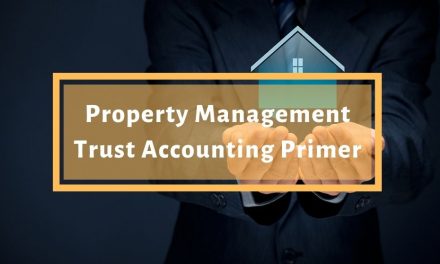 One of the many roles of a property manager and landlord is setting the right rent amount for an investment property. The right price for a rental property is a balance between wanting to maximize your income from rent payments and wanting to ensure the property is continuously occupied by trustworthy tenants.
One of the many roles of a property manager and landlord is setting the right rent amount for an investment property. The right price for a rental property is a balance between wanting to maximize your income from rent payments and wanting to ensure the property is continuously occupied by trustworthy tenants.
The U.S. has seen tremendous growth in the rental market in the past decade, with rent prices steadily climbing throughout the nation to accommodate the high demand for rental housing.
This news might make it tempting for owners to immediately assume they can charge top dollar for their rental properties, but rent prices are affected by market rates specific to the location of the property. Here are some tips that will help you determine an appropriate amount to expect tenants to pay to live in your rental property, based on finding out the fair market rent in the area.
The right rent amount is determined by finding out what similar properties in the neighborhood rent at, known as the fair market rent.
Factors that affect a rental property’s monthly rate include:
- Number of bedrooms
- The inclusion of utilities, like electricity, gas, water, or Internet
- The allowance of pets on the property
- Property extras like additional storage, garage, parking, or backyard
- Property amenities like those found in multifamily complexes like pools, laundry, recreation room
A relatively new factor that can drive a rental property’s rate up or down is its walkability score. Walkability is a term that determines a property’s proximity to stores, restaurants, transportation, schools, etc.
Evaluate each property you own and determine the answers to the categories above (this also helps you develop the marketing features of the property when you advertise the property to future tenants). Use this information to find comparable rentals in the neighborhood and town of the rental you are determining the rent rate for.
Find the Fair Market Rent Rate for your Rental Properties
There are a few ways find information about rent prices in your area for properties similar to yours.
Go Online
It sounds simple but a quick search on Craiglist is a fast way to give you a baseline for rent prices in your market. Other rental listing networks, like Zillow, Trulia, and RentPath are also places to find this information online. You can set search parameters by neighborhood and number of bedrooms to start, and then narrow in on other specific property features that could affect the rent price.
Go Outside
Drive around the neighborhood and look for “For Rent” signs posted on available properties. These tend to list property features and rent prices, while also providing insight to the curb appeal for the property and how it compares to yours.
Go Old School
The local paper is another option to find rental property prices in your region. While rental listings in local papers are less common than online sources, they are still used by a wide range of landlords looking to market vacancies and find new tenants.
Go to the Pros
Another great way to find market rent data for an area is to ask industry professional like other landlords and property managers. You can join a local professional landlord association to network with industry professionals or find a local meetup. Your peers are an invaluable resource and most want to network with people from similar backgrounds just like you.
Beyond Fair Market Rent
Additionally, there are several resources online that allow a property manager to access rent comparison tools that will help you discover rental rates in your area, compare them to similar properties in the neighborhood and assess the potential return on your investment.
- Padmapper – Provide a zip code or address to find local properties that are available to rent.
- Rentometer –Rentometer is the easy way to compare your rent with other local properties
- Zillow – Zillow offers “Rent Zestimate” data that can be found by entering any address into their search.
- Ziply – Enter an address to find out a property’s projected rent amount and assess the marketability of the property by examining crime rate, school ratings and demographics, and more.







Nice Blog, Thank you for sharing…
Nice post, but link to Ziply goes to “zilpy”. Ziply does not seem to exist, either. Otherwise, good info.
Hi John, Thank you for the kind words and the heads-up on the link.